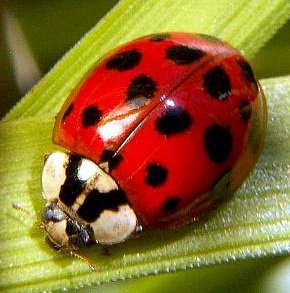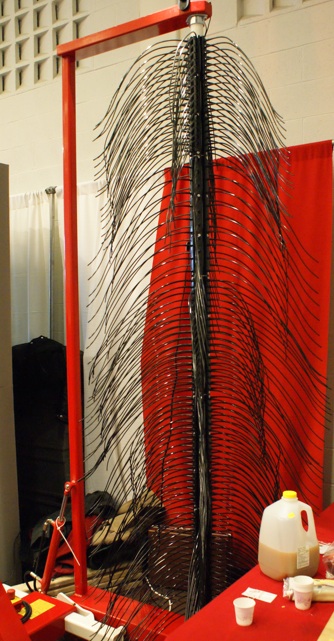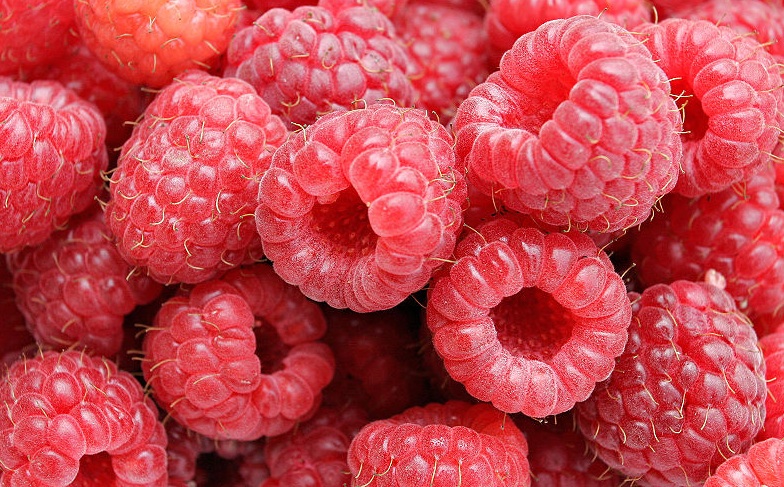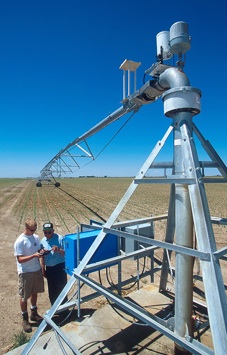
Features
Chemicals
Insects
Fruit and Veg Newsletter
Fruit and Veg Newsletter
March 25, 2009 By Fruit and Veg Newsletter
NEWS HIGHLIGHT
Potato conference hears prediction of increased demand
Canadian potato grower
Allan Parker, who is also chairing the 7th World Potato Congress, says
producers need to be prepared to meet increased international demand
for potatoes.
| READ MORE

NEWS HIGHLIGHT
Catnip compounds curb
Asian lady beetles
Multicoloured Asian Lady Beetles
(MALB) are appreciated by farmers – until the pest-eating insects
decide to become a pest themselves.
| READ MORE

NEWS HIGHLIGHT
Thinning technology can produce benefits for growers
Hand thinning is a necessary but costly management practice in peach
and organic apple production. Mechanical devices to help with thinning
have been developed, although none have proved capable of completely
replacing hand thinning.
| READ MORE
NEWS HIGHLIGHT
Canada, New Zealand create new raspberry variety
A horticultural research team
from New Zealand and Canada has introduced a new red raspberry cultivar.
| READ MORE
 NEWS HIGHLIGHT
NEWS HIGHLIGHT
Company expanding
irrigation technology
A Texas-based company is expanding a
timely automated irrigation system that saves water and energy.
| READ MORE
Catnip compounds curb Asian lady beetles
Written by USDA Agricultural Research Service
March 24, 2009, Stoneville, Miss. – Multicoloured Asian Lady Beetles (MALB) are appreciated by farmers – until the pest-eating insects decide to become a pest themselves.
 The beetle, Harmonia axyridis, becomes a nuisance insect when it runs out of natural pests to eat and starts snacking on fruit and vegetable crops, including wine grapes.
The beetle, Harmonia axyridis, becomes a nuisance insect when it runs out of natural pests to eat and starts snacking on fruit and vegetable crops, including wine grapes.
U.S. Department of Agriculture (USDA) Agricultural Research Service (ARS) scientists have sought to develop methods of keeping the predators under control. Most recently, ARS entomologist Eric Riddick and colleagues in Stoneville, Miss., in collaboration with ARS natural product chemist Kamal Chauhan at Beltsville, Md., tested compounds in catnip oil that naturally repel the beetles, causing them to fly off, stop crawling, move back or turn away.
In studies at the ARS Biological Control of Pests Research Unit in Stoneville, 95 per cent of adult male and female lady beetles altered their course upon encountering filter paper impregnated with the highest of three doses of the catnip compound nepetalactone. The researchers chose nepetalactone because it had previously been shown to repel some species of cockroaches, flies, termites and mosquitoes.
They also tested nootkatone (a grapefruit extract), iridomyrmecin (another catnip oil compound), and other plant-based repellents, but none performed as well as nepetalactone. Turning away – more so than the three other avoidance behaviors – characterized the beetles’ response to the compound, report Riddick and colleagues in a recent issue of the Bulletin of Insectology (http://www.bulletinofinsectology.org/pdfarticles/vol61-2008-081-090riddick.pdf).
Ultimately, such observations could lead to a “push-pull strategy,” combining repellents that deter lady beetles with traps that lure the predators to an attractant for collection. According to Riddick, the push-pull strategy offers an alternative to insecticide spraying and could help to preserve the insects’ usefulness as an efficient predator of aphids, scale and other soft-bodied arthropods that damage plants.
MORE E-NEWSLETTER ARTICLES
• Potato conference hears prediction of increased demand
• Catnip compounds curb Asian lady beetles
• Company expanding irrigation technology
• Thinning technology can produce economic benefits for peach, apple growers
Print this page